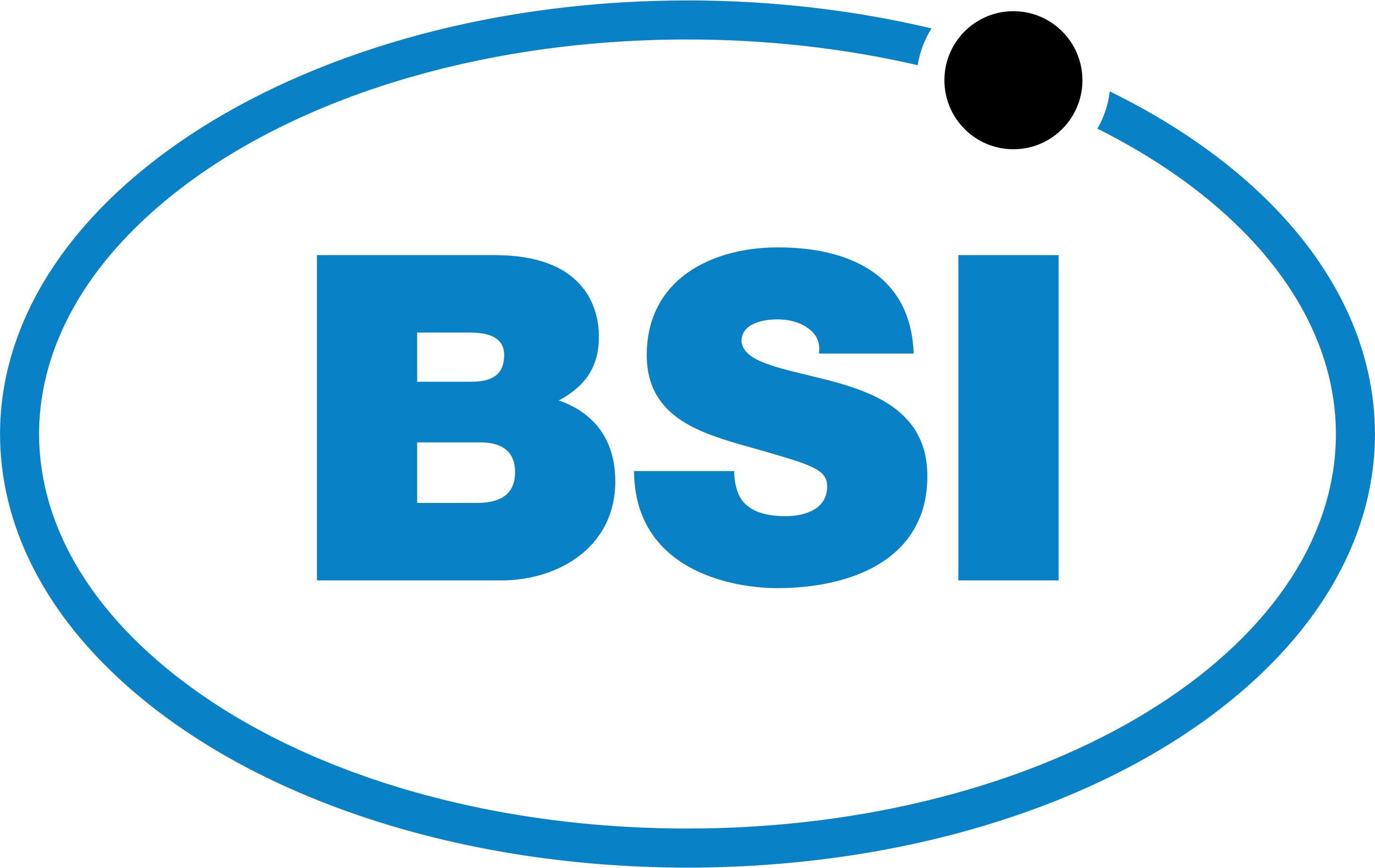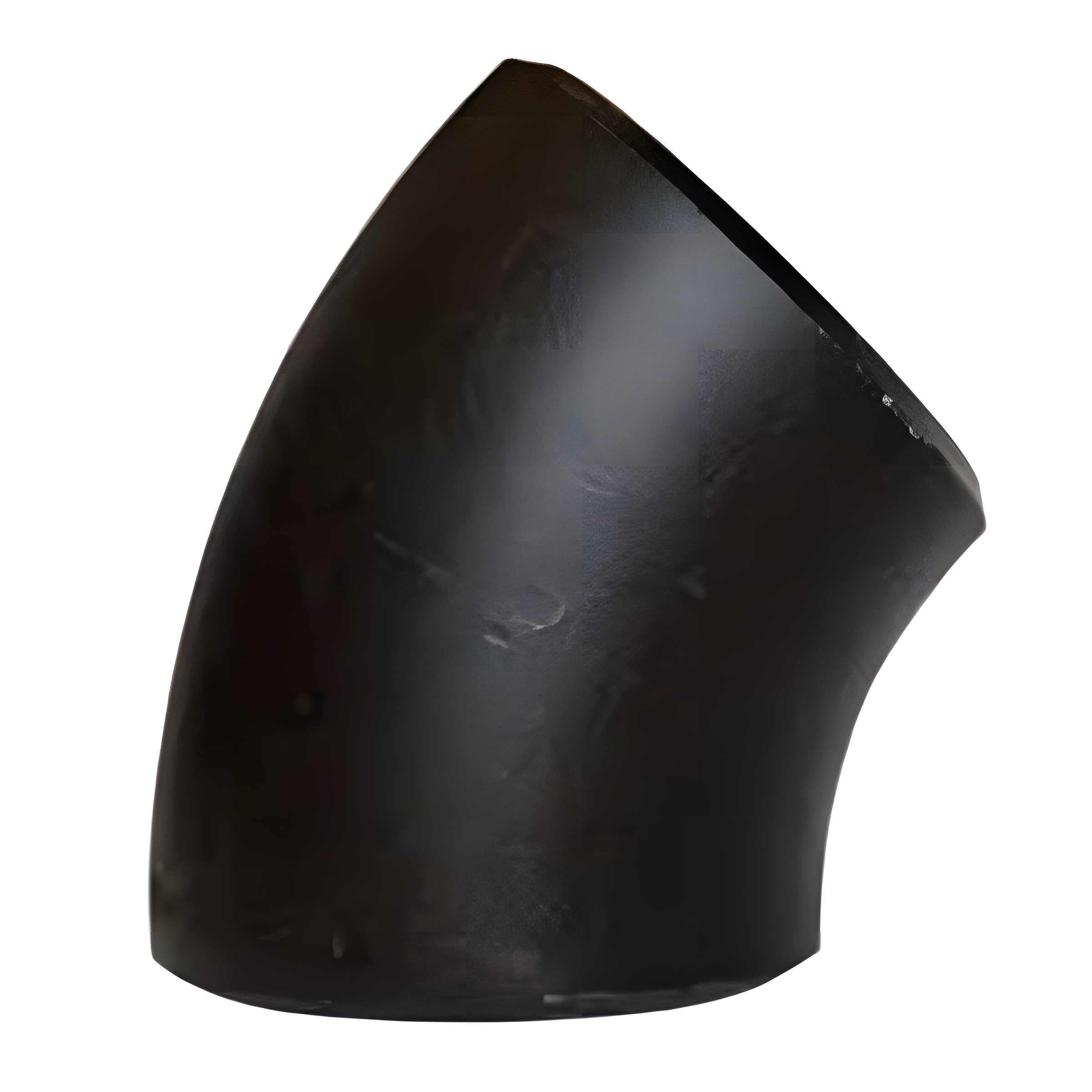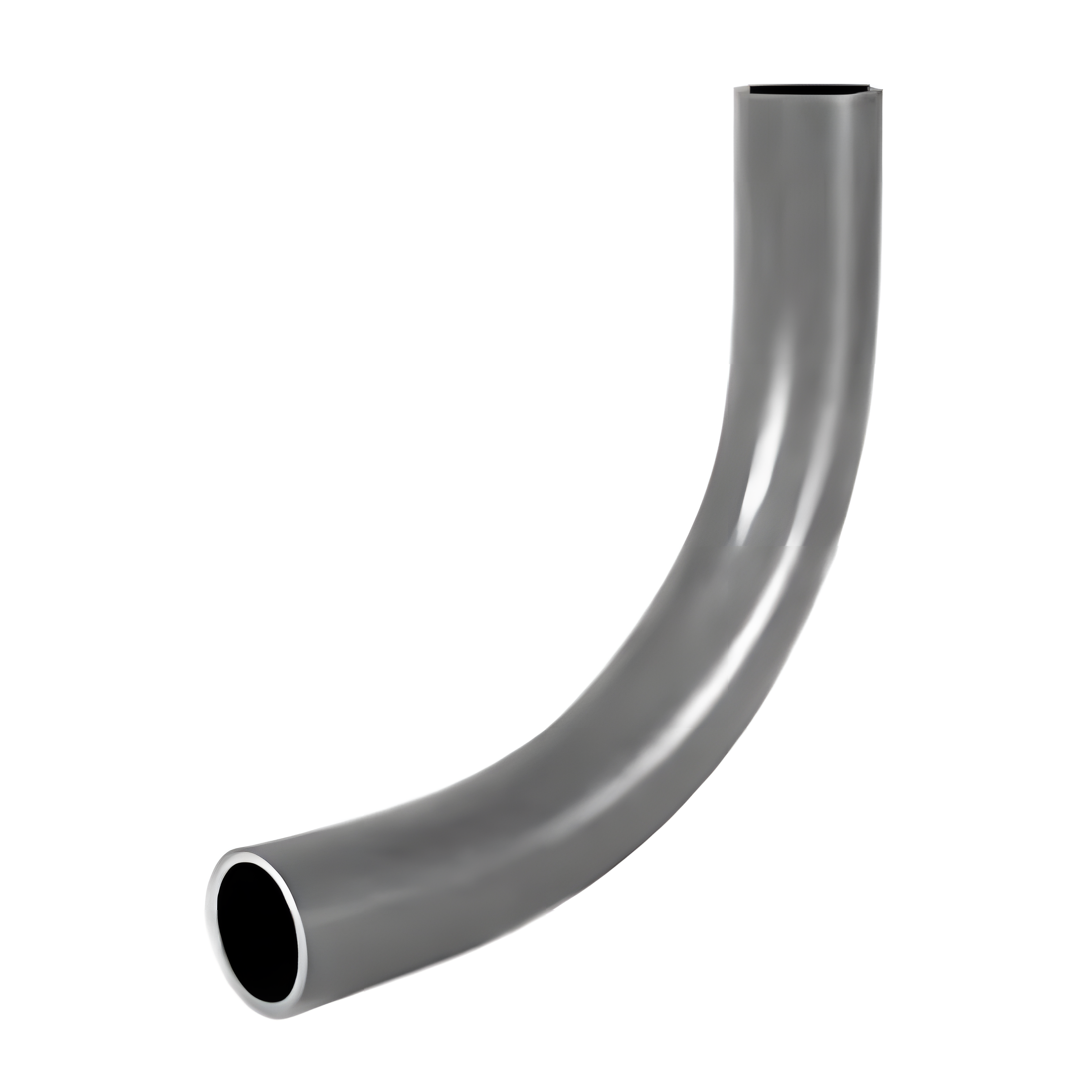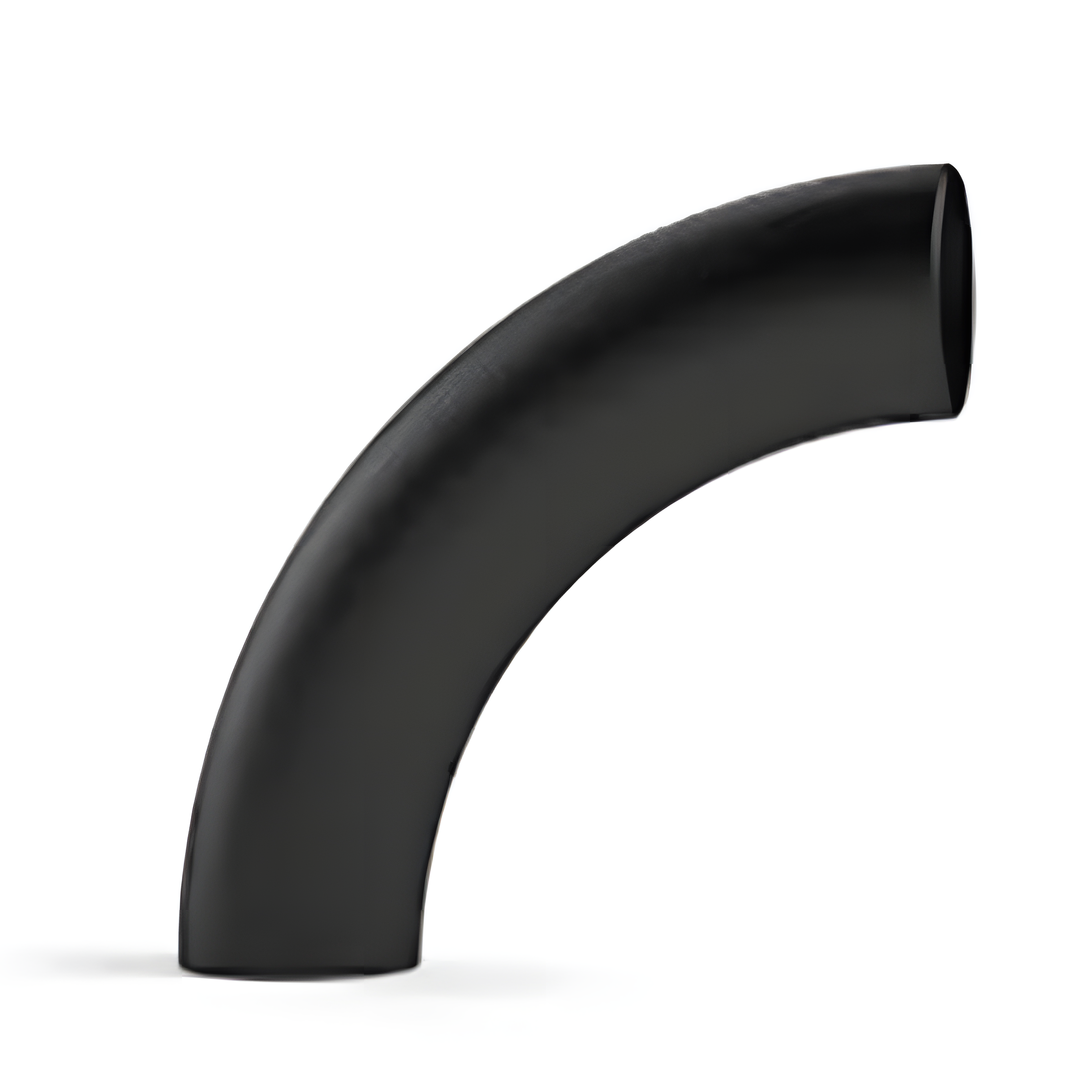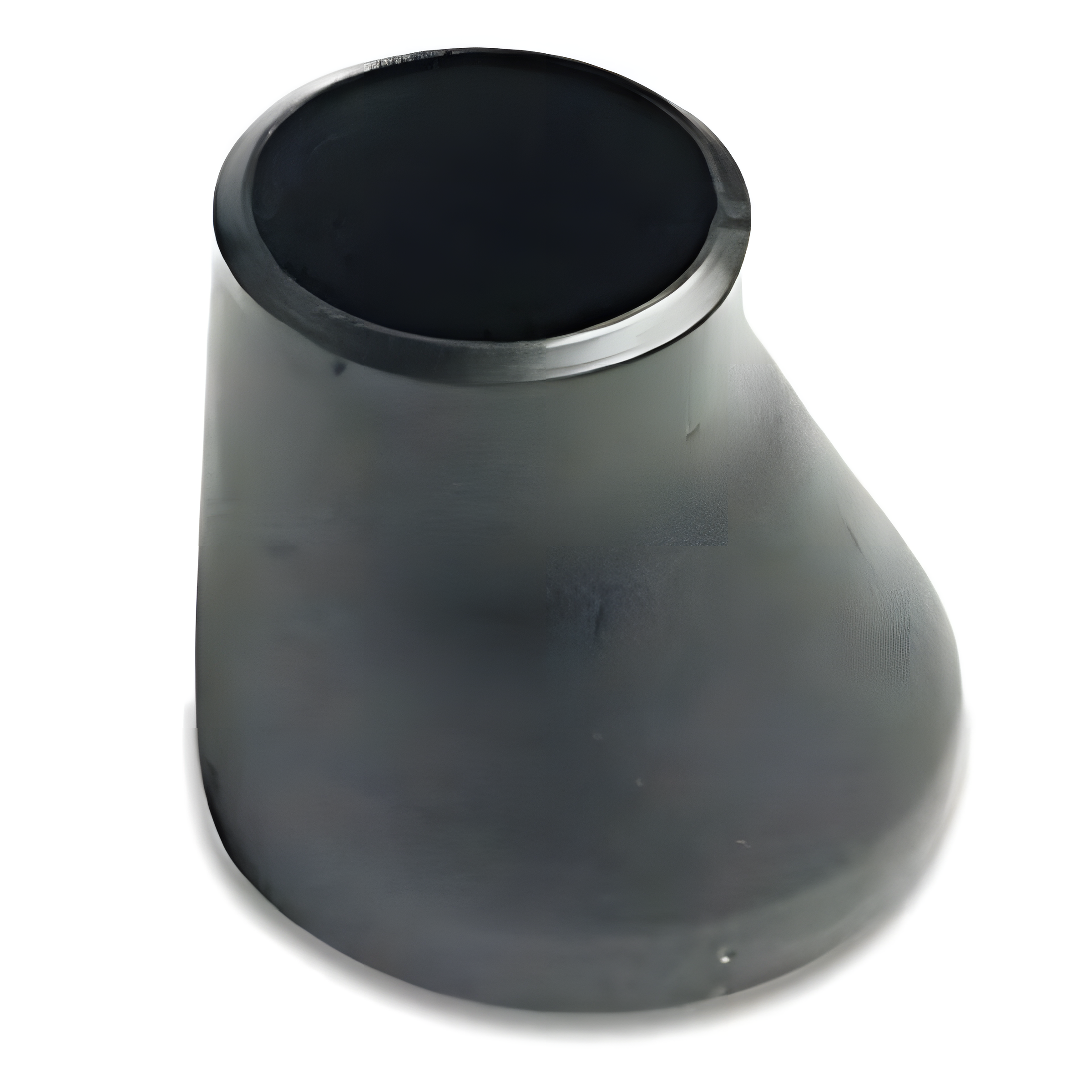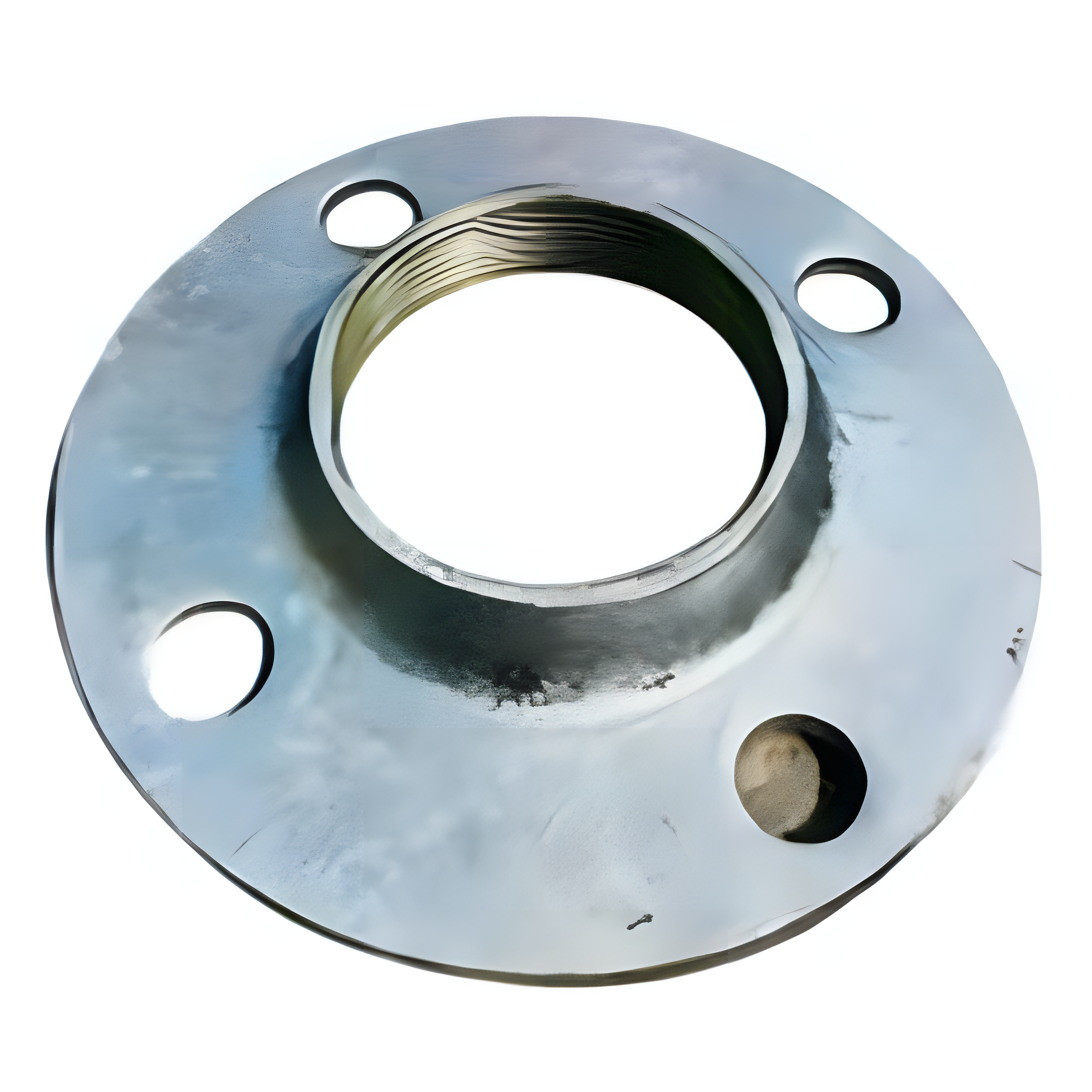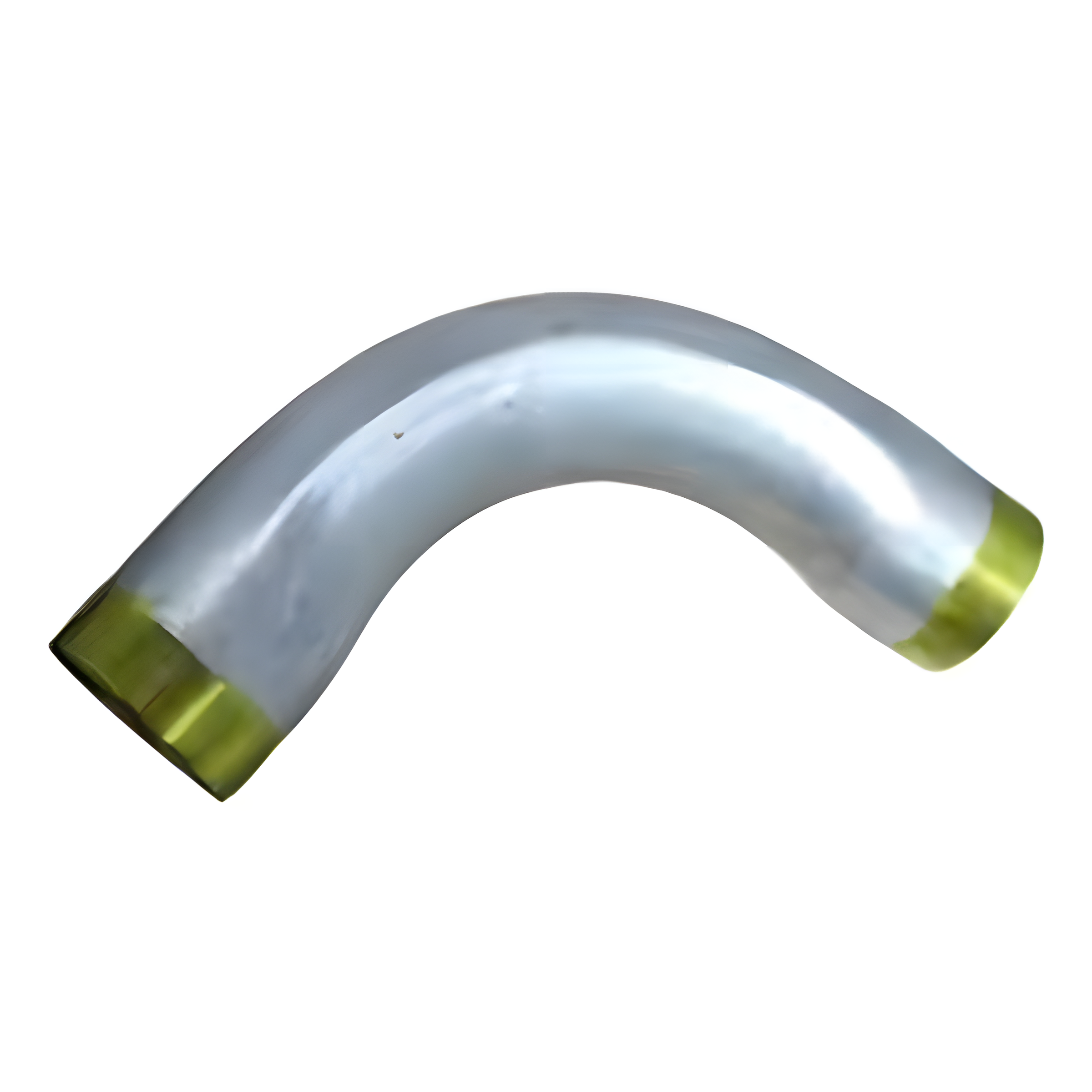Our Products
BUTT WELDED ELBOW
Butt-welded elbows ranging from 1/2″ to 24″ in both SEAMLESS and ERW types, we are well-positioned to meet a variety of industry needs. Here are some additional considerations and details that might be relevant for your operations:
Seamless & ERW Elbows
- Seamless Elbows:
- Manufacturing: Made from a single piece of metal without any welded seams. This process involves extrusion or forging, followed by heat treatment and machining.
- Applications: Preferred in high-pressure and high-temperature applications due to their uniformity and strength.
- Advantages: Better resistance to pressure and corrosion, ideal for critical applications where reliability is paramount.
- ERW Elbows:
- Manufacturing: Created from rolled and welded sheets or strips of metal. The weld is formed by applying electrical resistance to the edges of the metal.
- Applications: Commonly used in lower-pressure applications and for general-purpose piping systems.
- Advantages: More cost-effective and often used in larger quantities where high precision is less critical.
Quality and Standards : our elbows meet relevant industry standards, such as ASTM, ASME, ANSI and is1239 PARTII for various applications. This helps maintain quality and reliability.
Sizes : Available from ½” to 24” (15mm to 600mm)
RADIUS : Both Long radius (1.5D) and Short radius (1.0D)
DEGREE : Available in all degree like 15 °, 30 °, 45 °, 60 ° and 90 °
LONG BEND
Long bend is a type of pipe fitting used to make a gradual change in the direction of a piping system. It’s characterized by a longer radius compared to standard elbows, which helps in reducing turbulence and stress on the pipe system.
Key Features
- Long Radius: Unlike standard elbows, which often have a short radius, long bends have a radius that is typically 1.5 to 2 times the pipe diameter. This gradual curve minimizes pressure drop and turbulence.
- Seamless and ERW Options: Long bends can be produced as seamless or ERW (Electric Resistance Welded), similar to standard elbows, depending on the application requirements.
Quality and Standards : our long bends meet relevant industry standards, such as ASTM, ASME, ANSI and is1239 PARTII for various applications. This helps maintain quality and reliability.
Sizes : Available from ½” to 6” (15mm to 150mm) in long bend
And from 6” to 16” (150mm to 400mm) in 3D bend
RADIUS : Both Long radius and 3D bend are available.
DEGREE : Available in all degree like 15 °, 30 °, 45 °, 60 ° and 90 °
TEE
A butt-welded tee is a fitting used to connect three segments of pipe, forming a “T” shape. It allows for the branching of fluid or gas flow in a piping system. Here’s an overview of butt-welded tees in both seamless and ERW
Seamless Forged Tee:
- Manufacturing: Made from a single piece of metal without any welds, using processes such as extrusion or forging followed by heat treatment and machining.
- Advantages: Offers higher strength and resistance to pressure and corrosion. Ideal for high-pressure and high-temperature applications.
- Applications: Commonly used in critical applications like oil and gas, petrochemical industries, and high-pressure steam systems.
ERW Welded Tee:
- Manufacturing: Produced from rolled and welded metal sheets, pipes or strips. The weld is created by applying electrical resistance along the edges of the metal.
- Advantages: More cost-effective than seamless tees and suitable for lower pressure and temperature applications.
- Applications: Used in standard industrial processes where cost considerations are significant and high strength is not as critical.
Quality and Standards : Compliance with industry standards such as ASTM , ASME, ANSI and IS1239 PART II .
Sizes : Available from ½” to 24” (15mm to 600mm) In both Equal and Unequal sizes
EQUAL TEE : Equal tee are available in all sizes from ½” to 24” (15mm to
600 mm )
UNEQUAL TEE : Unequal tee are available in maximum reducing size in every sizes.
CONCENTRIC REDUCER SOCKET
A butt-welded concentric reducer socket is a fitting used in piping systems to connect pipes of different diameters, with a concentric design that ensures the central alignment of the pipes. It gradually reduces the pipe diameter from a larger to a smaller size, allowing for a smooth transition and maintaining proper flow characteristics.
Key Features
- Concentric Design:
- Central Alignment: The centerline of the smaller pipe is aligned with the centerline of the larger pipe, which helps in maintaining consistent flow and reducing turbulence.
- Gradual Transition: Provides a smooth, gradual reduction in pipe diameter, which minimizes pressure drop and flow disruption.
- Butt-Welded Construction:
- Welding: The reducer socket is butt-welded to the pipes at its ends, creating a strong, seamless connection. This welding method ensures a robust and leak-proof joint.
- Strength: Provides high strength and durability, suitable for high-pressure and high-temperature applications.
- Quality and Standards : Compliance with industry standards such as ASTM , ASME, ANSI and IS1239 PART II .
- Sizes : Available in various sizes to accommodate different pipe diameters. Custom sizes can be manufactured as needed. Available from ½” to 24” (15mm to 600mm)
ECCENTRIC REDUCER SOCKET
An eccentric butt-welded reducer socket is a fitting used in piping systems to transition between pipes of different diameters, with an eccentric design. This design is different from the concentric reducer as it shifts the smaller pipe’s centerline off-center relative to the larger pipe’s centerline. This type of reducer is used to maintain proper flow and prevent issues like air pockets in horizontal pipelines.
Key Features
- Eccentric Design:
- Offset Alignment: The smaller pipe is offset from the centerline of the larger pipe, which helps in avoiding air pockets or sediment buildup in horizontal pipelines.
- Flow Management: This design is particularly useful in situations where maintaining a smooth flow and preventing accumulation of air or debris is crucial.
- Butt-Welded Construction:
- Welding: The reducer socket is butt-welded to the pipes at each end, creating a strong, continuous connection without additional fittings.
- Strength and Durability: Butt-welding provides a robust and leak-proof joint that is well-suited for high-pressure and high-temperature applications.
- Socket Type:
- Socket Configuration: Typically designed with a socket end that fits over the pipe, allowing for proper alignment and welding.
- Socket Configuration: Typically designed with a socket end that fits over the pipe, allowing for proper alignment and welding.
- Quality and Standards : Compliance with industry standards such as ASTM , ASME, ANSI and IS1239 PART II .
- Sizes : Available in various sizes to accommodate different pipe diameters. Custom sizes can be manufactured as needed. Available from ½” to 24” (15mm to 600mm)
U BEND (180° BEND)
U-bend 180 is a type of pipe fitting used to change the direction of a piping system by making a 180-degree turn. It is essentially a U-shaped pipe segment that allows for a smooth and gradual redirection of flow within the system. Provides a smooth and gradual change in direction, which helps in minimizing turbulence and pressure drop.
Applications
- Piping Systems:
- Fluid and Gas Transport: Used in pipelines to achieve a 180-degree turn in the direction of flow, commonly found in industries like oil and gas, water treatment, and chemical processing.
- Fluid and Gas Transport: Used in pipelines to achieve a 180-degree turn in the direction of flow, commonly found in industries like oil and gas, water treatment, and chemical processing.
- HVAC Systems:
- Air Ducts: Applied in HVAC systems to redirect airflow within ductwork.
- Air Ducts: Applied in HVAC systems to redirect airflow within ductwork.
- Industrial Processes:
- Manufacturing and Processing: Utilized in various industrial processes where a smooth, 180-degree redirection is require
- Manufacturing and Processing: Utilized in various industrial processes where a smooth, 180-degree redirection is require
- Quality and Standards : Compliance with industry standards such as ASTM , ASME, ANSI and IS1239 PART II .
- Sizes : Available from ½” to 6”
- Material: Seamless and ERW
END CAP
An end cap is a pipe fitting used to close the end of a pipe or tube. It is typically used to seal off the end of a pipe, providing a closure to prevent the flow of fluids or gases, protect the internal surfaces, and maintain the integrity of the piping system. End caps are generally circular or cylindrical and cover the entire end of the pipe.
Piping Systems:
- Sealing: Used to seal the end of a pipe or tube in various industries including oil and gas, water treatment, and chemical processing.
- Protection: Protects the internal surface of the pipe from damage, corrosion, and contamination.
Industrial Processes:
- Equipment: Used in machinery and equipment to close off openings and prevent the entry of debris.
Construction:
- HVAC: Used to cap off ductwork or piping in HVAC systems.
- Quality and Standards : Compliance with industry standards such as ASTM , ASME, ANSI and IS1239 PART II .
- Sizes : Available from ½” to 24” (15mm to 600mm )
- Material: Seamless and ERW
3D AND RADIUS BEND
3D radius bend is a type of pipe fitting that is used to change the direction of flow in a piping system with a curved section having a radius three times the diameter of the pipe. It provides a smooth and gradual transition, which helps in reducing turbulence, pressure loss, and wear on the piping system.
3D Radius Design:
- Radius: The radius of the bend is three times the diameter of the pipe (3D). This results in a gentler curve compared to a 1D or 2D bend, which minimizes flow disturbances.
- Smooth Transition: The 3D radius allows for a more gradual change in direction, which helps in maintaining consistent flow and reducing the risk of pressure drops and turbulence.
Types of Bends:
- Standard 3D Radius Bend: A common type with a standard radius of three times the diameter.
- Custom 3D Bends: Can be custom-designed for specific angles or radius requirements if standard options do not meet the needs.
- Quality and Standards : Compliance with industry standards such as ASTM , ASME, ANSI and IS1239 PART II .
- Sizes : Available from 4” to 16”(100mm to 400mm )
- Material: Seamless and ERW
FLANGES
Flanges are crucial components in piping systems, used to connect pipes, valves, pumps, and other equipment. They come in various types and categories, each designed for specific applications and requirements. Here’s an overview of different categories of flanges:
Standard Flanges
- Weld Neck Flanges:
- Design: Features a long tapered hub that is welded to the pipe.
- Design: Features a long tapered hub that is welded to the pipe.
- Slip-On Flanges:
- Design: Slides over the pipe and is then welded on the inside and outside.
- Design: Slides over the pipe and is then welded on the inside and outside.
- Blind Flanges:
- Design: A solid flange with no hole, used to close the end of a pipeline or vessel.
- Design: A solid flange with no hole, used to close the end of a pipeline or vessel.
- Socket Weld Flanges:
- Design: The pipe fits into a socket on the flange, and the joint is welded.
- Design: The pipe fits into a socket on the flange, and the joint is welded.
- Threaded Flanges:
- Design: Has internal threads that match external threads on the pipe.
HOT DIP GALVANISED LONG BEND
A galvanized bend is a pipe fitting used to redirect the flow of fluids or gases within a piping system. It is coated with a layer of zinc through the galvanization process, which helps protect it from corrosion and extends its service life, particularly in outdoor or harsh environments.
Key Features
- Galvanization Process:
- Zinc Coating: The bend is coated with zinc to protect the underlying steel from corrosion. This is typically done through hot-dip galvanizing, where the steel is immersed in molten zinc.
- Corrosion Resistance: The zinc coating provides a barrier against environmental elements like moisture and chemicals, preventing rust and deterioration.
- Design:
- Shape: The bend is typically designed to redirect the flow in a piping system. It can be a simple 90-degree or 45-degree bend, or other angles as required by the application.
- Radius: Can be made with different radius (such as 1D, 2D, or 3D) depending on the required change in direction and flow characteristics.
- Quality and Standards : Compliance with industry standards such as ASTM , ASME, ANSI and IS1239 PART II .
- Sizes : Available from ½” to 6” (15mm to 15 0mm )
PIPE NIPPLE
Nipple in piping and plumbing refers to a short piece of pipe that has male threads on both ends. It is used to connect two female-threaded fittings or components together. Nipples are often used in various applications to extend or connect pipes and can be found in a range of sizes and materials.
Key Features
- Threaded Ends:
- Male Threads: Nipples have external threads on both ends, allowing them to screw into female-threaded fittings or components.
- Types of Threads: Threads can be tapered (NPT) or straight (BSPT or BSPP), depending on the standard used.
- Length:
- Short Length: Typically, nipples are quite short, often just a few inches in length, but they can be customized to meet specific needs.
- Short Length: Typically, nipples are quite short, often just a few inches in length, but they can be customized to meet specific needs.
- Quality and Standards : Compliance with industry standards such as ASTM , ASME, ANSI and IS1239 PART II .
- Sizes : Available from ½” to 6” (15mm to 150mm )
- Available in both MS and GI
